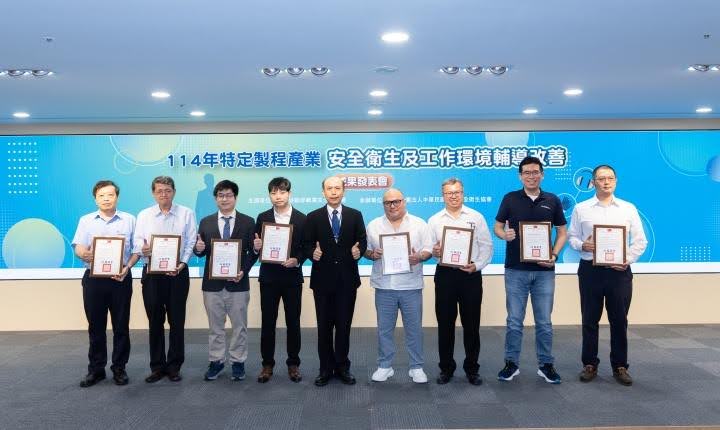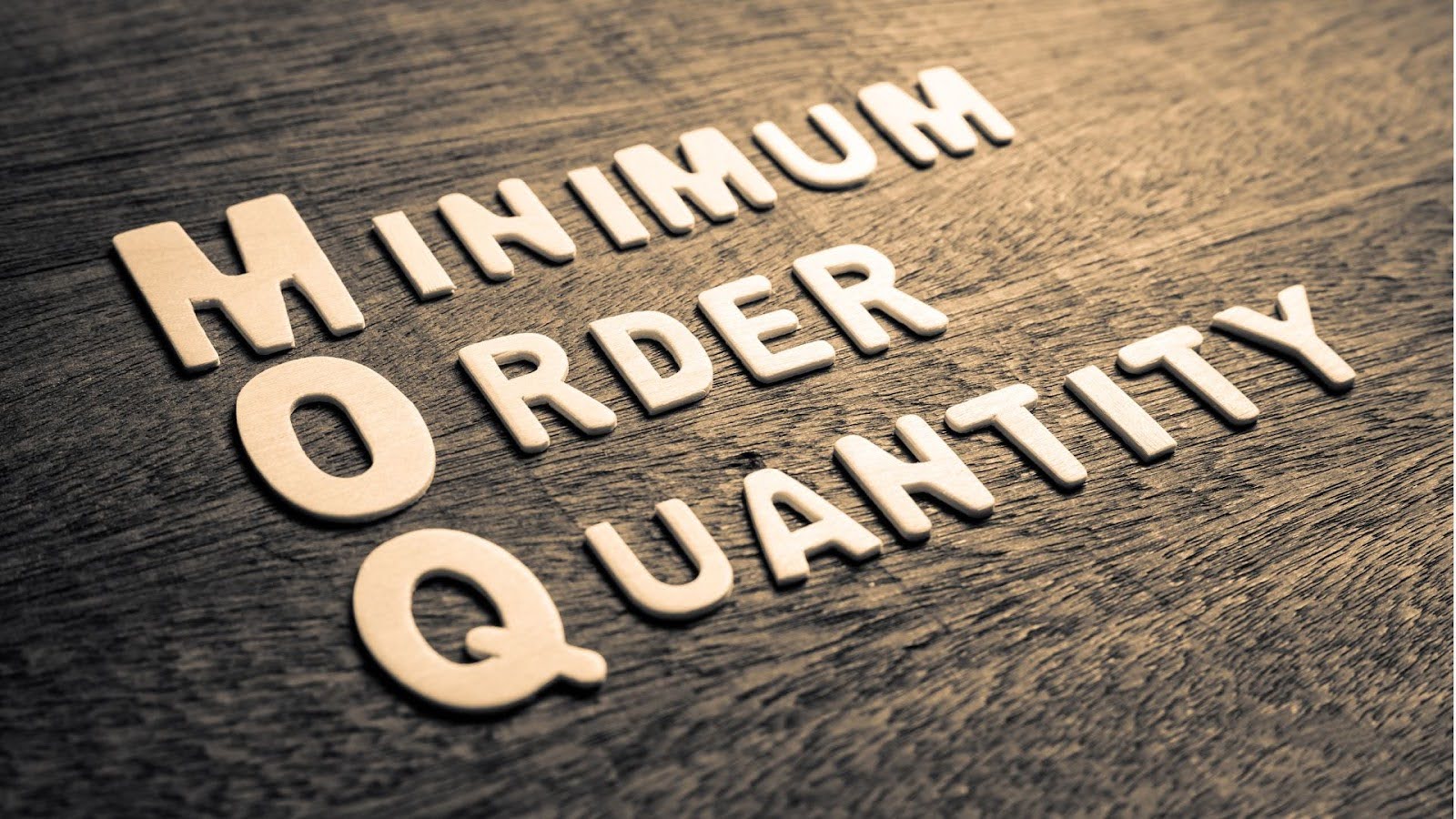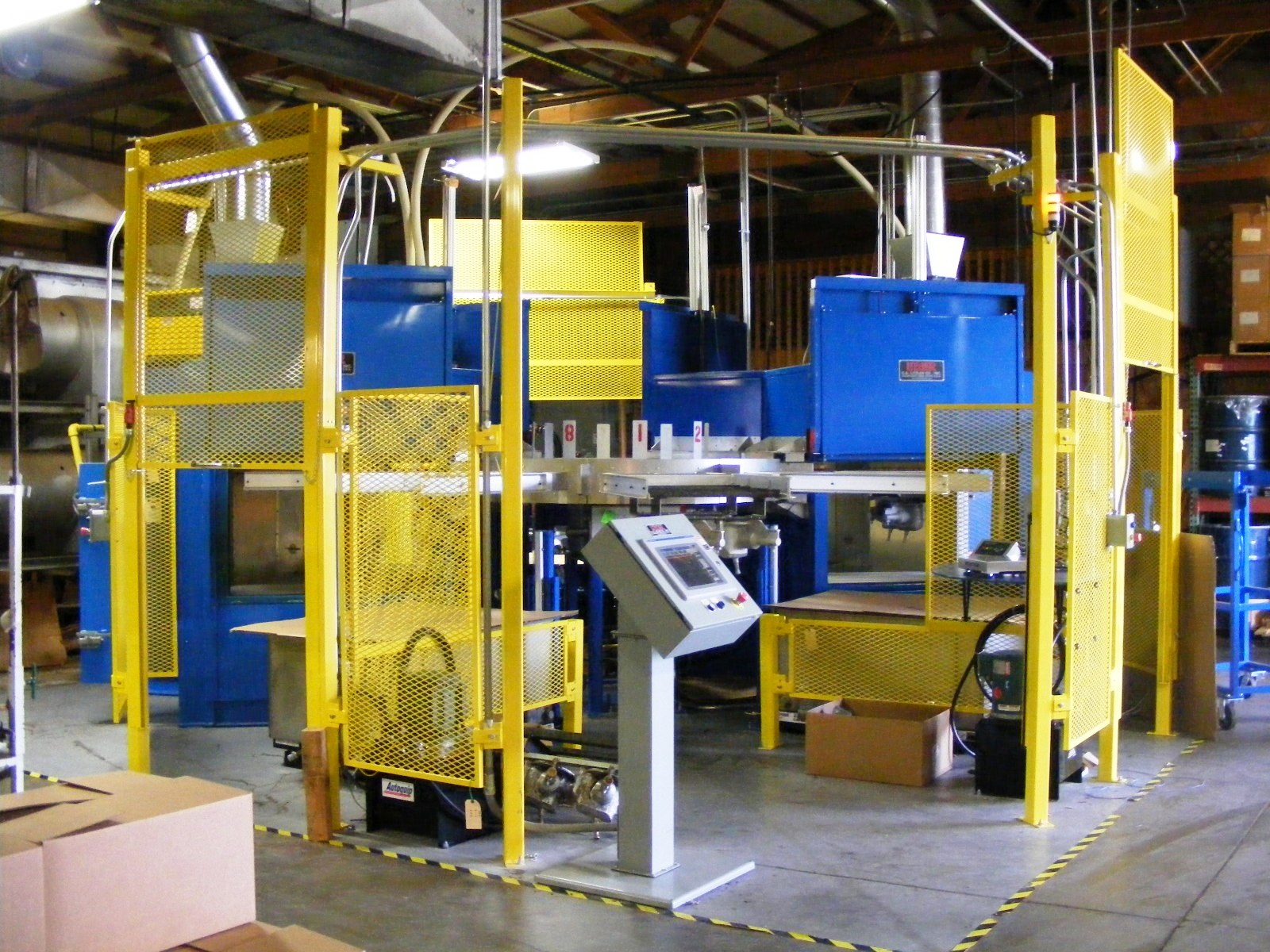When choosing a metal casting process, many engineers and sourcing professionals compare investment casting and die casting. While both are widely used, they serve different applications. Understanding their distinctions—and where they shine—can help you make smarter sourcing and design decisions.
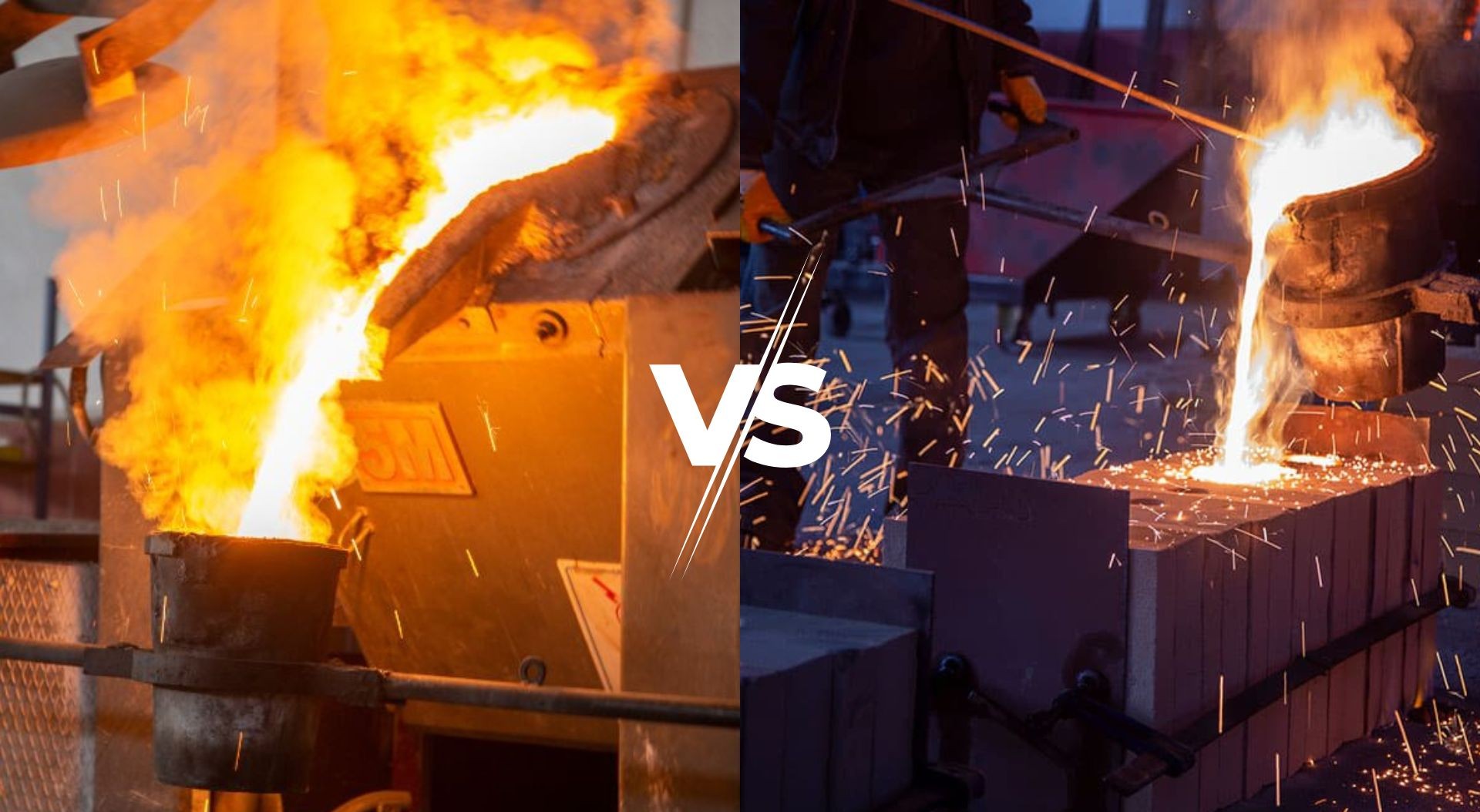
Table of Contents
ToggleWhat Is Investment Casting?
Investment casting, or lost wax casting, is a precision manufacturing method that creates complex metal parts with excellent surface finish and tight dimensional tolerances. It enables the use of various alloys, including stainless steel, carbon steel, and duplex stainless steel materials.
Common Applications of Investment Casting
Investment casting is favored in industries that require high mechanical performance,
corrosion resistance, and accurate precision, such as:
- Aerospace: turbine blades, brackets, control system parts
- Marine hardware: propeller components, stainless steel cleats, mounting
- Oil & gas: pump housing, valve bodies, impellers, clamps
- Defense & firearms: triggers, latches, mounts
- Medical equipment: orthopedic tools, surgical clamps
- General industry: gear cases, levers, couplings
The tooling for investment casting generally involves higher costs, but the tooling is highly durable and supports repeated use over long production runs, making it economical in medium-volume scenarios.
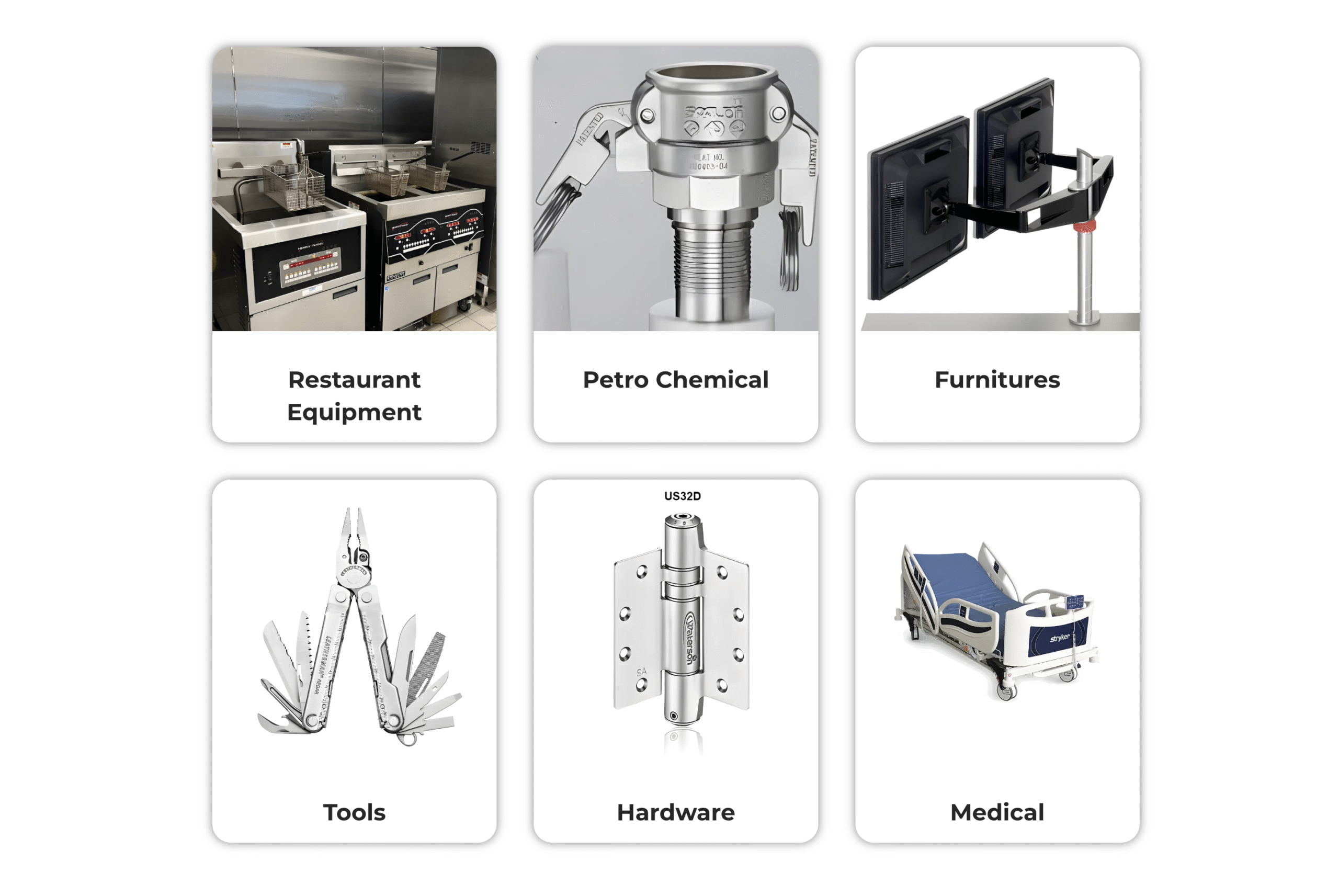
What Is Die Casting?
Die casting, also called aluminum investment casting, is widely adopted in industries where lightweight and cost efficiency are priorities.
Common Applications of Die Casting
- Automotive: transmission cases, brackets, wheels
- Electronics: heat sinks, housing
- HVAC: blower wheels, motor covers
- Consumer goods: appliance frames, light fixtures
- Aerospace (non-critical parts): covers
Die casting process is well-suited for high-volume production with faster cycle times and lower tooling investment than investment casting.
Investment Casting vs Die Casting Comparison
| Feature | Investment Casting | Die Casting |
| Material Options | Wide Variety | Primarily aluminum alloys |
| Surface Finish | Excellent | Moderate to good |
| Dimensional Accuracy | High (tight tolerances, minimal machining) | Moderate |
| Ideal Appliations | Complex, precision-cirital components | Lightweight, high-volume components |
| Production Volume | Medium to higher | Medium to higher |
| Tooling Cost | Higher, but highly durable and precise | Lower, faster setup |
Which Casting Method Works Best for You?
Choose investment casting if your design calls for:
- Tight tolerances
- Complex geometries
- Superior surface quality
- Strength and corrosion resistance
- Medium-volume production with long-term tooling durability
Choose die casting if your needs focus on:
- Lightweight performance
- Cost-effective high-volume output
- Simpler shapes
- Faster production cycles
Why Waterson Investment Casting Methods Stand Out
Waterson Corporation is a leading metal products manufacturer specializing in components for the most challenging global applications. Clients benefit from Waterson’s investment casting process, which excel in precision, durability, and surface quality—delivering unmatched reliability and performance across diverse applications.
- Precision Casting: Intricate, robust components for demanding industries.
- Superior Finish: Near-perfect surfaces with minimal processing.
- ISO 2768 Standard: Exceeds aerospace, marine, and petrochemical benchmarks.
- Versatile Materials: Tailored solutions in stainless steel and alloys.
Waterson Stainless Steel Investment Casting Solutions
Waterson Precision Casting is a wax-based foundry located in Taiwan specializing in stainless steel precision casting. It delivers high-volume, consistently high-quality castings to industries such as door hardware, petrochemicals, medical equipment, marine, hand tools, and food equipment. With an impressive 95% above self-production rate, Waterson’s production line encompasses mold design, fluid analysis, wax model creation, shell making, dewaxing, metal pouring, post-processing (e.g., acid pickling, alkaline treatment), sandblasting, heat treatment, machining, assembly, and packaging. Its stainless steel production line supports materials such as 304 (CF8), 316 (CF8M), and 17-4 stainless steel. Currently, there is available production capacity—feel free to request a quote!



